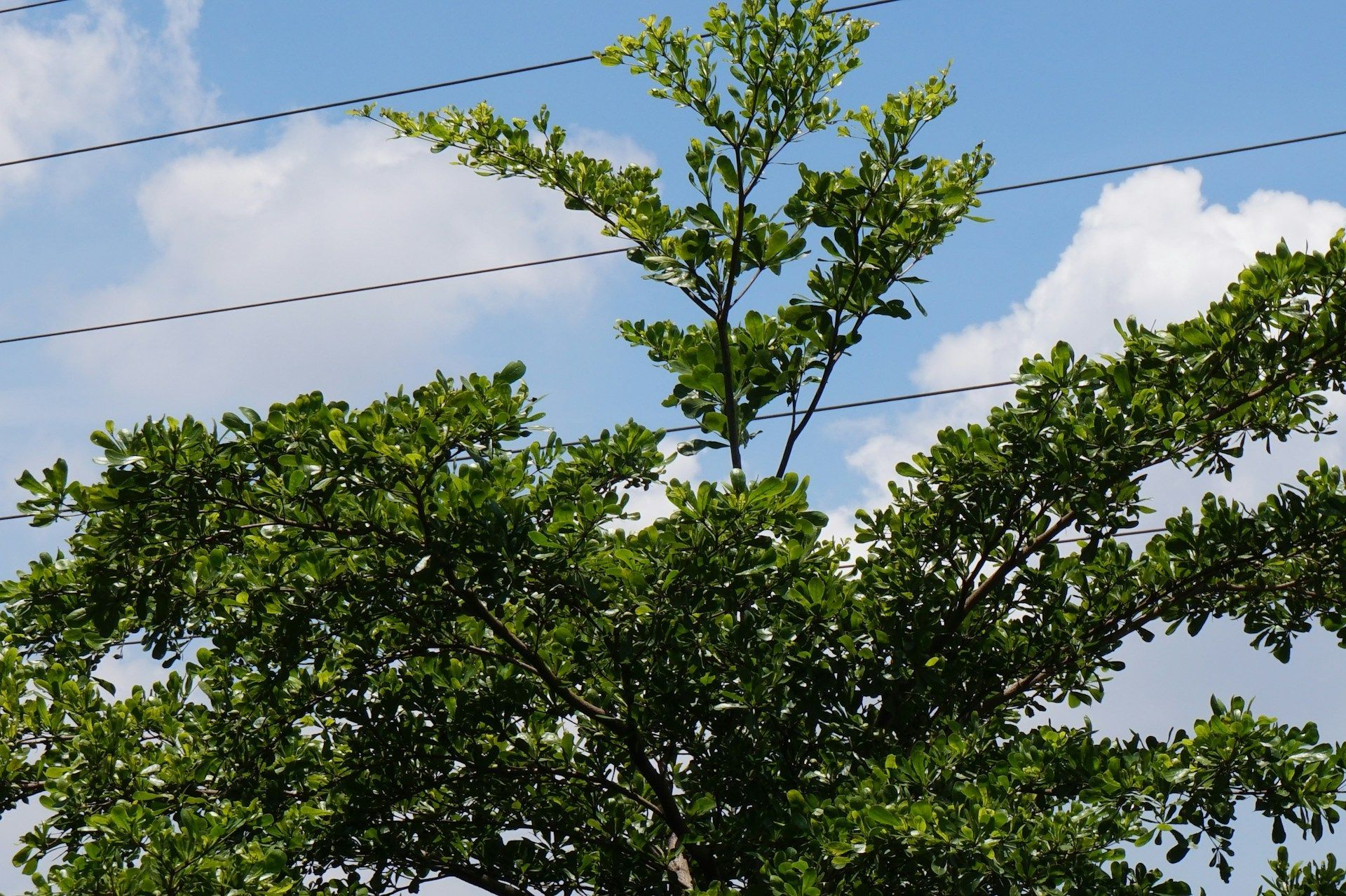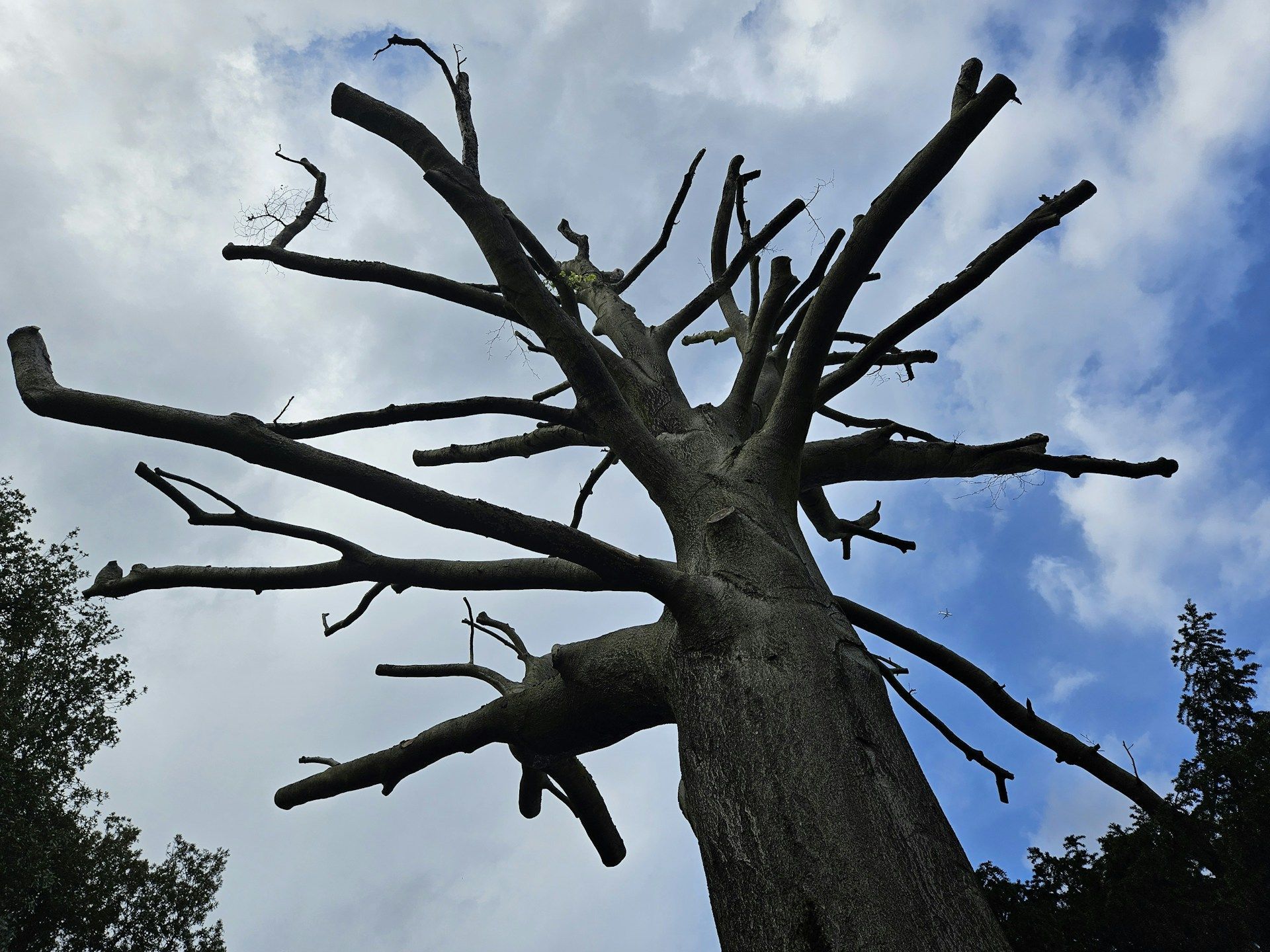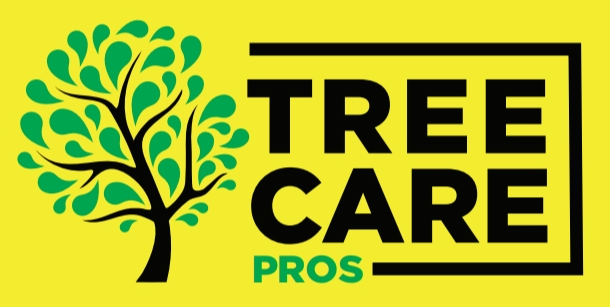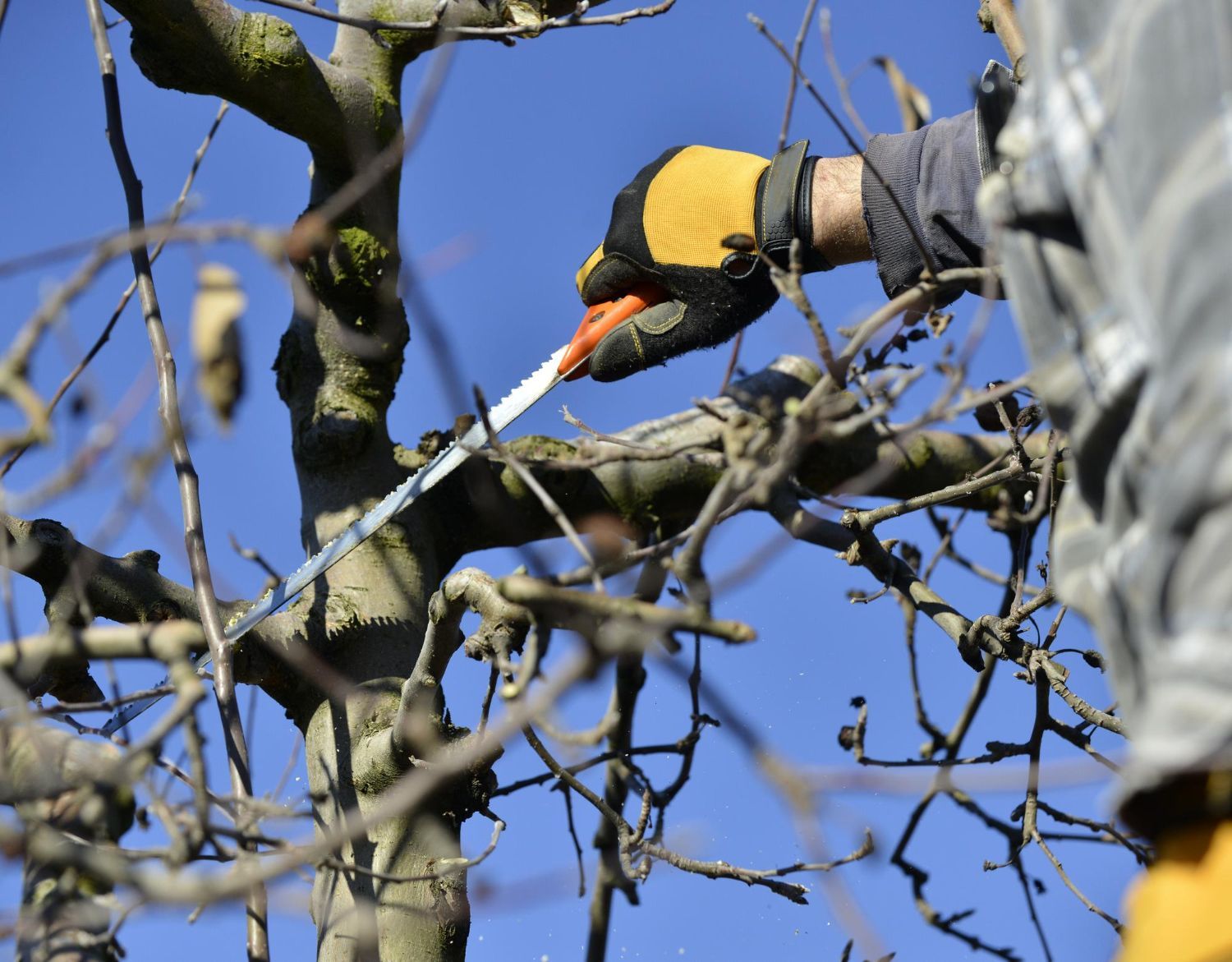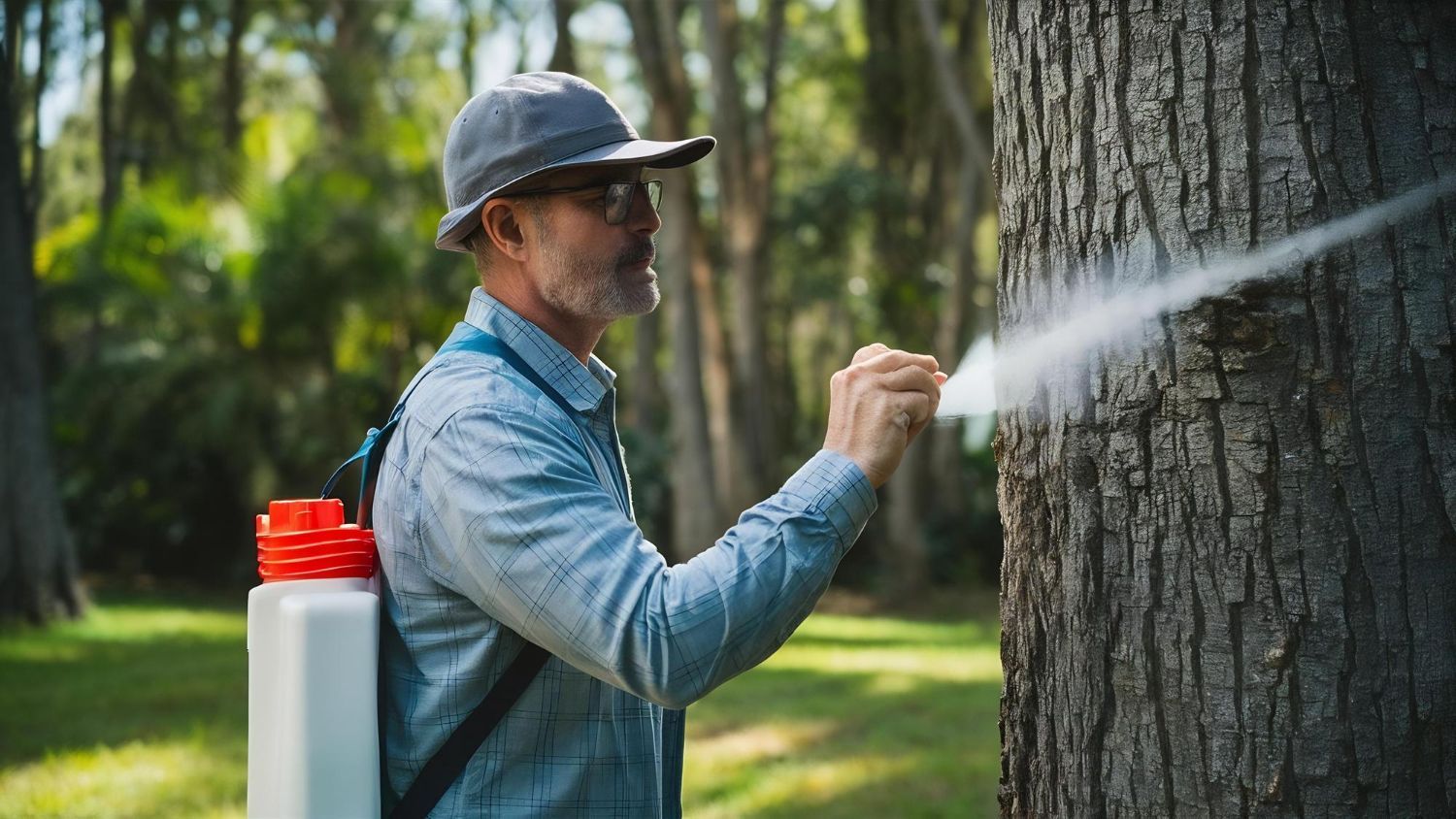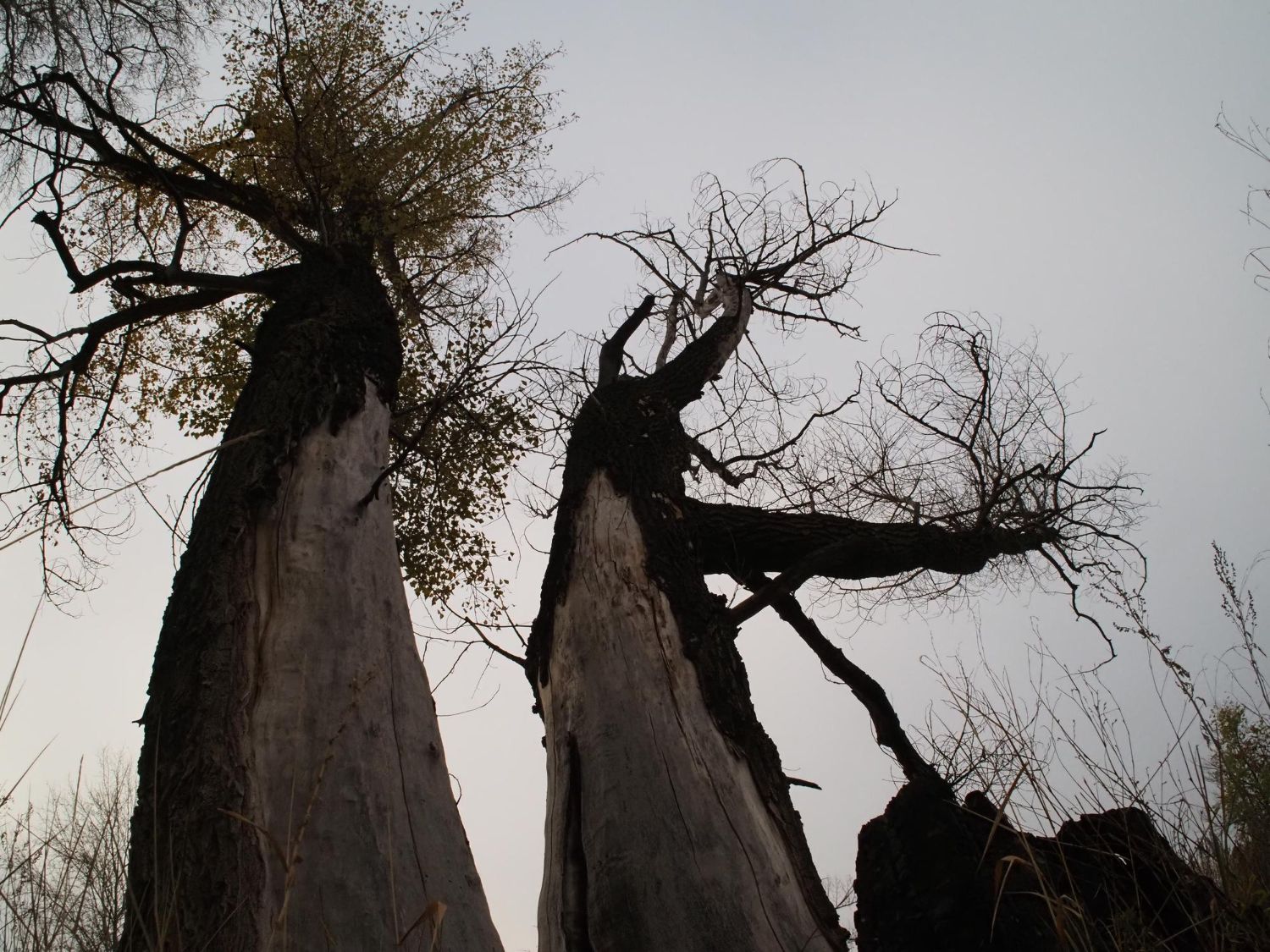Understanding Tree Removal Costs
Removing a tree from your yard is a significant task that involves careful planning and consideration. One of the biggest questions homeowners face is how much it will cost. Tree removal is not a one-size-fits-all service; the cost can vary widely based on several factors. Understanding these factors can help you budget accordingly and avoid surprises.
Factors such as the size and location of the tree, the complexity of the job, and any additional services required play an essential role in determining the final cost. For instance, a tall, old tree near your home will likely cost more to remove than a small tree in an open space. Additionally, any obstacles like power lines or nearby buildings can make the job more complicated and expensive.
Knowing what to expect in terms of costs can greatly help in planning your tree removal project. Not only does this make it easier to find a reliable service provider, but it also ensures you are prepared for any additional expenses. In this article, we'll explore the different aspects that influence tree removal costs and offer some tips on how to get accurate quotes.
Factors Affecting Tree Removal Costs
Several factors influence the cost of removing a tree. Understanding these factors can help you plan and avoid unexpected expenses.
- Tree Size: The size and height of the tree are major factors. Larger trees require more time and effort to remove. They often need specialized equipment, which increases the cost.
- Location: The location of the tree also matters. Trees near buildings, power lines, or other structures are harder to remove. This complexity can drive up costs. Open spaces make the process easier and cheaper.
- Tree Condition: The health of the tree affects removal costs. A dead or diseased tree may be more fragile, requiring special care during removal. Conversely, a healthy tree might be easier to take down.
- Accessibility: How accessible the tree is can impact the price. If the tree is in a hard-to-reach area, like a fenced backyard, it will take more time and effort to remove.
- Debris Removal: Some services include debris removal in the cost, while others charge extra. Make sure to clarify this with your service provider to avoid surprises.
- Permits and Regulations: Depending on where you live, permits or special regulations may be required for tree removal. These can add to the overall cost.
Knowing these factors can help you get a more accurate estimate for tree removal services. It’s always a good idea to discuss these aspects with your service provider.
Average Cost Breakdown
Understanding the average cost breakdown of tree removal services can help you budget more effectively. Here's a general idea of what you can expect:
- Small Trees (up to 30 feet): Removing a small tree typically costs between $100 and $300. These trees are usually easier to handle and don't require specialized equipment.
- Medium Trees (30 to 60 feet): For medium-sized trees, the cost ranges from $300 to $700. These trees require more labour and possibly the use of heavier equipment.
- Large Trees (60 to 100 feet): Large trees can cost anywhere from $700 to $1,200 or more. The removal of large trees is more complex and time-consuming.
- Very Large Trees (100 feet and above): Removing very large trees can exceed $1,200. These jobs often need cranes or other heavy machinery, which adds to the expense.
- Extra Services: Additional services, like stump grinding, debris removal, and wood chipping, can add to the cost. Stump grinding, for example, usually costs an extra $60 to $400, depending on the size of the stump.
Remember that these are average costs and can vary based on your location and the specifics of the job. Always ask for a detailed quote to understand what is included in the price. This will help you avoid any hidden fees and ensure you get the best value for your money.
Additional Services and Their Costs
When removing a tree, you may need extra services that can add to the overall cost. Understanding these additional services helps you plan better. Here are some common ones:
- Stump Grinding: After a tree is cut down, the stump remains. Stump grinding involves using a machine to reduce the stump to below ground level. This can cost between $60 and $400, depending on the size and hardness of the stump.
- Debris Removal: Cutting down a tree produces a lot of debris, including branches, leaves, and wood chips. Some companies include debris removal in their fee, while others charge extra. This service can add $50 to $150 to your bill.
- Log Splitting: If you want to keep the wood for firewood, you might need it split into logs. Log splitting usually costs around $75 to $125 per hour, depending on the size of the tree and the amount of wood.
- Tree Limb Chipping: Limb chipping turns large branches into mulch. This service is helpful if you plan to use the mulch in your garden. Expect to pay an additional $100 to $200.
- Site Clean-Up: Ensuring your yard is clean and safe after tree removal might require a thorough clean-up. This service can range from $50 to $100, ensuring all debris is removed and the site is tidy.
- Permits: Depending on local regulations, you might need a permit to remove a tree. The cost of permits varies, usually between $20 and $50.
Make sure to discuss these potential costs with your tree removal service provider. Knowing what additional services you might need can help you avoid surprises and budget more accurately.
Tips for Getting Accurate Quotes
Getting an accurate quote for tree removal helps you understand the costs and avoid unexpected expenses. Here are some tips to help you get the best estimate:
- Get Multiple Quotes: Don’t settle for the first quote you receive. Contact several tree removal companies and ask for detailed estimates. Compare the prices and services offered to ensure you get the best value.
- Ask for Itemized Quotes: Request a detailed, itemized quote that breaks down the costs. This should include the removal of the tree, any additional services, and clean-up. Knowing the specifics helps you understand what you're paying for.
- Check for Hidden Fees: Some companies might have hidden fees for things like travel expenses, extra labour, or equipment use. Ask about any additional charges that might not be included in the initial quote.
- Clarify Services Included: Ensure you know what services are included in the quote. For example, does it cover stump grinding or just tree removal? Clarifying this helps you compare quotes accurately.
- Inspect the Tree in Person: A reliable company should inspect the tree in person before giving a quote. This allows them to see any factors that might affect the price, like the tree’s size, condition, and location.
- Review Customer Feedback: Read reviews and ask for references. Hearing about other customers’ experiences can help you choose a reliable service provider and get an accurate estimate.
These tips ensure you get accurate quotes and avoid any surprises when it comes time to pay for tree removal. Clear communication with your chosen service provider can make the process smooth and hassle-free.
Conclusion
Understanding tree removal costs helps you plan and budget more effectively. Factors like the size and condition of the tree, its location, and any additional services all contribute to the final price. By knowing these details, you can better understand what’s involved and what to expect.
When hiring a tree removal service, getting accurate quotes and understanding the breakdown of costs is crucial. It helps you compare services, avoid hidden fees, and ensure you're getting the best value. Taking the time to research and ask the right questions makes a big difference in your overall experience.
For professional tree removal services, turn to Barrie Tree Care Pros. Our experts provide reliable, detailed quotes and ensure a smooth, hassle-free process. Contact us today to get started on your tree removal project!

